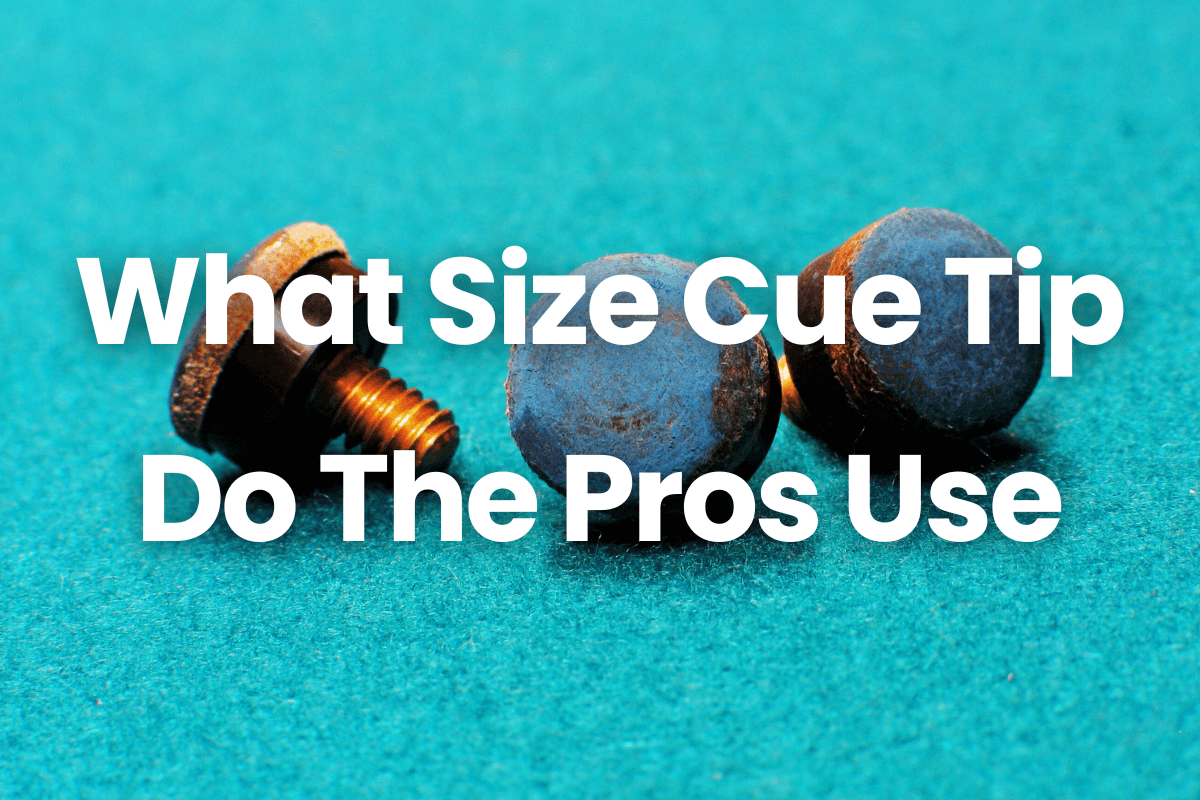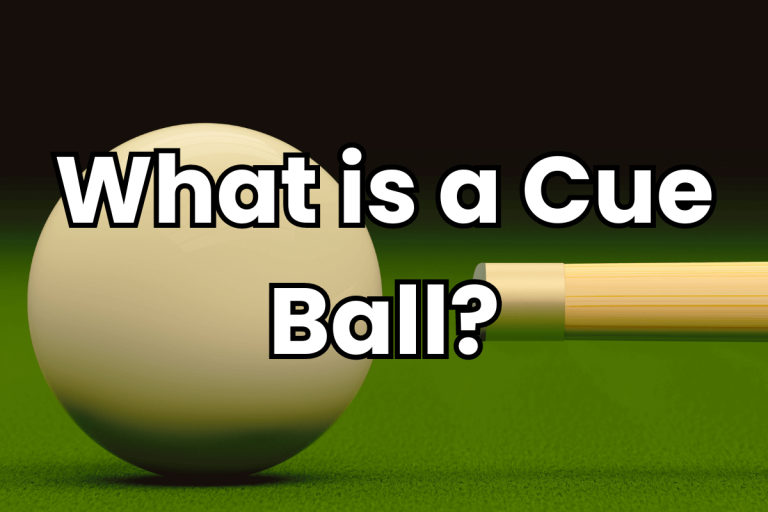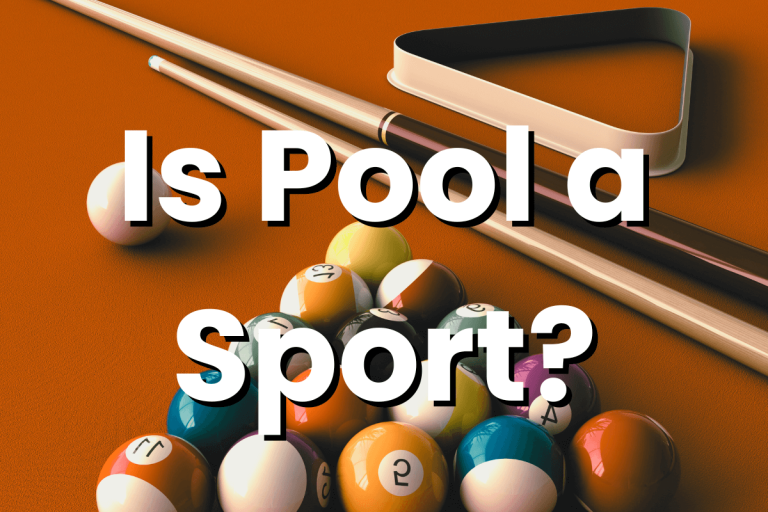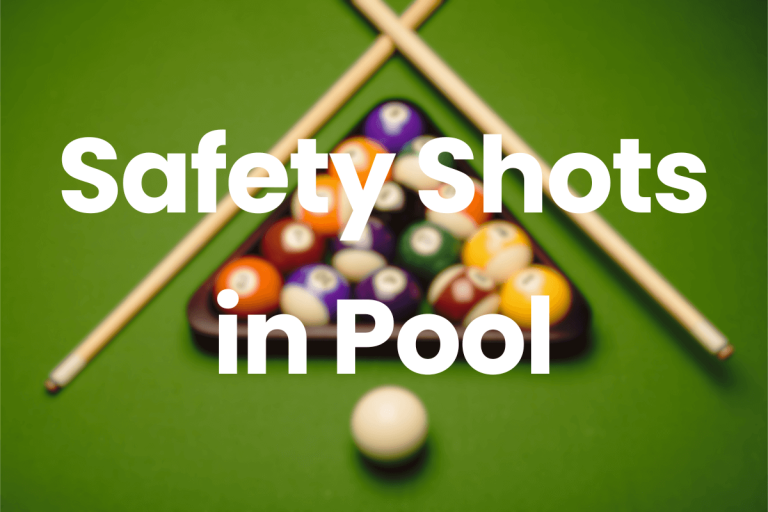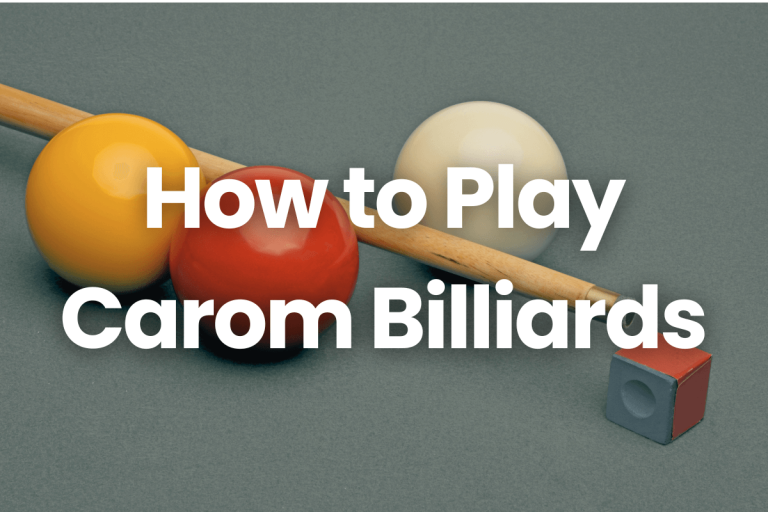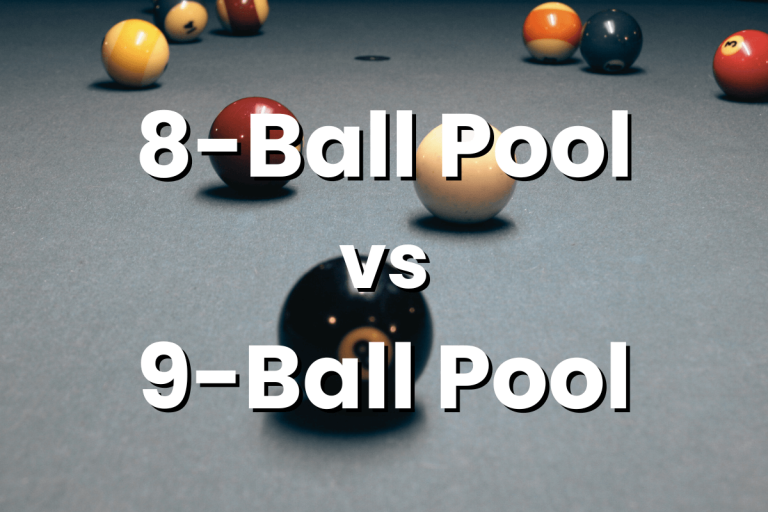Unlock the Secrets of Perfect Cue Tip Sizes for Snooker and Pool (2024)
Did you know that in the strategic world of pool and snooker, the size of your cue tip is more than just a detail—it’s a game-changer? This small, often overlooked aspect of your cue can dramatically influence your performance. Whether you’re lining up for a precision shot in snooker or aiming for a powerful break in the pool, the right cue tip size can be your secret weapon. So, let’s delve into the crucial role of cue tip sizes, where even a millimeter difference can turn the tides of your game. Get ready to uncover how this subtle element can unlock new levels of skill and finesse in your play.
Cue Tip Sizes in Pool and Snooker: Definition and Significance
What is Cue Tip Size?
Cue tip size refers to the diameter of the tip of a cue stick, measured in millimeters. It’s a crucial element in cue sports, directly influencing how the cue transmits power and spin to the ball.
Significance of Cue Tip Size
The size of the cue tip affects shot accuracy, control, spin, and overall gameplay. A well-chosen tip size aligns with the player’s style and the game’s demands, whether it’s pool or snooker.
Comparing Pool and Snooker Cue Tips
Pool Cue Tips sizes
- Typically larger, ranging from 12 to 14 millimeters.
- Suited for powerful shots and a more aggressive style of play.
- It offers a larger surface area, beneficial for break shots and forgiving in ball strikes.
Snooker Cue Tips sizes
- Generally smaller, usually between 9 to 11 millimeters.
- Designed for precision and delicate control.
- Ideal for the nuanced shots required in snooker, where accuracy is key.
Factors Influencing Cue Tip Size Selection
Player Skill Level
Beginner: New players often benefit from larger cue tips (around 12-13 millimeters). The larger surface area forgives inaccuracies in striking the cue ball, making it easier to learn basic skills and shots.
Intermediate: As players develop better control and understanding, a slightly smaller tip (11-12 millimeters) can be more suitable. It offers a balance between control and forgiveness.
Professional: Advanced players typically prefer smaller tips (9-11 millimeters), as they allow for greater precision and control, essential for complex shots and strategies.
Type of Game
Pool: In a pool, players generally opt for larger tips due to the game’s emphasis on powerful shots and a larger, heavier cue ball. The larger tip provides a bigger sweet spot for effective striking.
Snooker: Snooker cues usually have smaller tips. The game requires more precision and subtle control, which is facilitated by a smaller tip that allows for refined spins and gentle nudges.
Personal Playing Style and Preferences
Power Players: Those who prefer a more aggressive, power-focused playing style may lean towards larger cue tips. These tips can handle more force and provide a solid hit on the cue ball.
Precision Players: Players who focus on accuracy and finesse often go for smaller cue tips. These tips allow for better control of the cue ball, especially for spin and delicate positional play.
Versatile Players: Players with a versatile style may choose a tip size that offers a balance between control and power, adapting to various shots as needed.
Standard Cue Tip Sizes and Specific Uses
Larger Tips (13-14mm): Ideal for beginners or players who prioritize power in their shots. They are often used in American pool games.
Medium Tips (11-12mm): These are versatile and suitable for players with an intermediate skill level or those who play both pool and snooker.
Smaller Tips (9-10mm): Preferred by advanced players, especially in snooker, for their enhanced control and precision. They are also chosen by players who employ intricate spin and finesse in their shots.
Specialty Tips: There are also specialty tips available for specific shots or playing styles, like jump and break cues in the pool, which may have unique tip sizes to optimize performance for those particular shots.
What Size Cue Tip Do the Pros Use?
Quotes from professionals often shed light on their choices. A renowned pool player might say, “I prefer a 12.5mm tip; it gives me the right mix of power and precision,” while a snooker legend might comment, “For me, a 10mm tip is ideal for the control and accuracy I need.”
Pool Professionals
- In a professional pool, cue tips generally range from 12 to 13 millimeters. Many professional pool players opt for this size range as it offers a good balance between control and power, essential for the varied shots required in high-level play.
- Example: A notable professional pool player might be known for using a 13mm tip, which they find perfect for both powerful break shots and precise cue ball control during intricate plays.
Snooker Professionals
- Professional snooker players typically prefer smaller cue tips, usually between 9 to 10 millimeters. This size allows for the delicate touch and precise control necessary in professional snooker, where accuracy and finesse are paramount.
- Example: A famous snooker champion might swear by a 9.5mm tip, attributing their success in making precise shots and applying controlled spin to this specific size.
Maintaining and Replacing Cue Tips
Best Practices for Cue Tip Maintenance
Regular Inspection: Regularly inspect your cue tip for signs of wear, such as flattening, hardening, or mushrooming (where the sides of the tip extend over the ferrule). This helps you assess when maintenance or replacement is needed.
Proper Shaping: Keep your cue tip well-shaped. A properly domed tip ensures better contact with the ball and improves shot accuracy. Use a cue tip shaper or scuffer to maintain the ideal curvature.
Cleaning: Clean the tip regularly to remove chalk build-up and dirt, which can affect your play. Gently brush the tip or use a specialized cue tip cleaner.
Chalking: Chalk your tip before every shot to ensure good friction and prevent miscues. Apply chalk gently to avoid over-compressing the tip.
Recognizing When to Replace a Cue Tip
Wear and Tear: If the tip is excessively flattened, hardened, or has lost its shape beyond repair, it’s time for a replacement.
Difficulty in Chalking: When a tip no longer holds chalk well, it indicates the surface has become too smooth or hard, necessitating replacement.
Performance Issues: Noticeable changes in shot accuracy, control, or unexpected miscues can signal that the tip needs to be replaced.
How to Replace a Cue Tip
Removing the Old Tip: Carefully remove the old tip. This can be done using a razor blade or a specialized tip removal tool, ensuring no to damage the ferrule.
Preparing the Ferrule: Clean the top of the Ferrule to remove any residue or old glue. The surface should be flat and smooth for the new tip to adhere properly.
Selecting and Preparing the New Tip: Choose the right size and type of tip for your play style. Roughen the back of the new tip slightly for better glue adhesion.
Gluing the Tip: Apply cue tip adhesive to the ferrule or the back of the tip. Carefully align the tip with the ferrule and press it into place.
Trimming and Shaping: Trash any excess tip material to align with the ferrule once the glue has dried. Finally, shape the tip to your preferred curvature using a tip shaper.
Conclusion
Understanding the nuances of cue tip sizes in pool and snooker is crucial for any player. From the larger tips favored in pool for power and control to the smaller, precision-oriented tips in snooker, each size has its unique impact on gameplay. Remember, there’s no one-size-fits-all solution. We encourage you to experiment and find the perfect cue tip size that aligns with your style and enhances your performance on the table.
FAQs
Does cue tip size affect spin on the ball?
Yes, cue tip size can influence the amount and type of spin you can impart on the ball. Smaller tips (9-10mm) allow for more precise and controlled spin, which is why they are preferred in snooker.
How does the hardness of a cue tip affect play?
The hardness of a cue tip can significantly influence your play. Softer tips tend to absorb more impact, offering better control and a greater spin on the ball. Harder tips, on the other hand, are more durable and provide a solid hit, suitable for powerful shots. Your choice will depend on your playing style and the type of game you prefer.
Can I change my cue tip size to improve my game?
Absolutely! Experimenting with different cue tip sizes can help you find the one that best suits your playing style and potentially improve your game.
Is it better to have a professional replace my cue tip or can I do it myself?
Replacing a cue tip can be done by yourself with the right tools and some practice. However, for optimal results, especially if you’re not experienced in cue maintenance, it might be better to have it done by a professional. They can ensure that the tip is properly aligned, shaped, and secured, which can greatly affect your game’s quality.
Are there different types of cue tips besides size variations?
Yes, cue tips come in different materials and hardness levels, which can also affect your play. For example, softer tips are generally better for spin, while harder tips offer more power.

